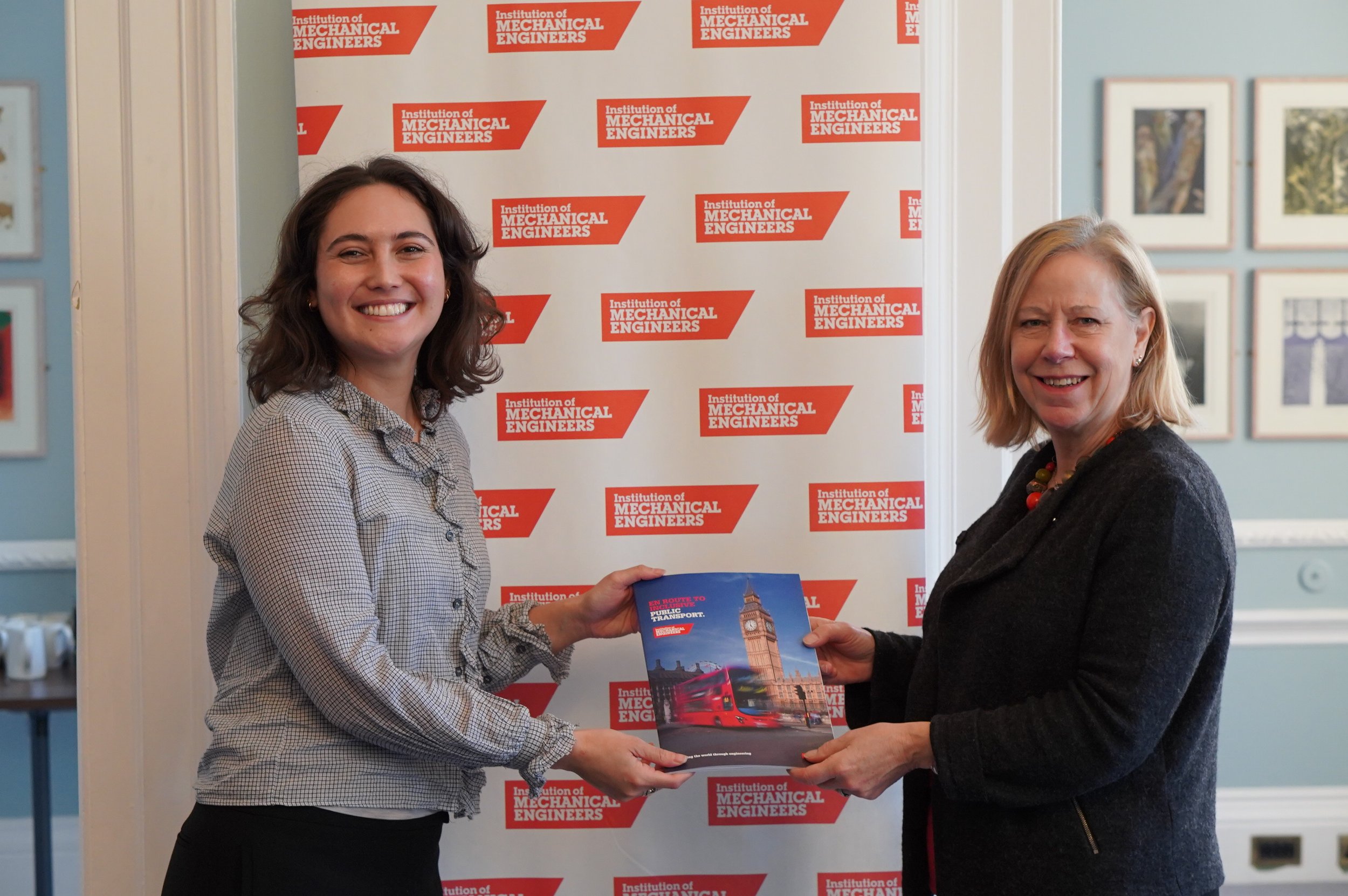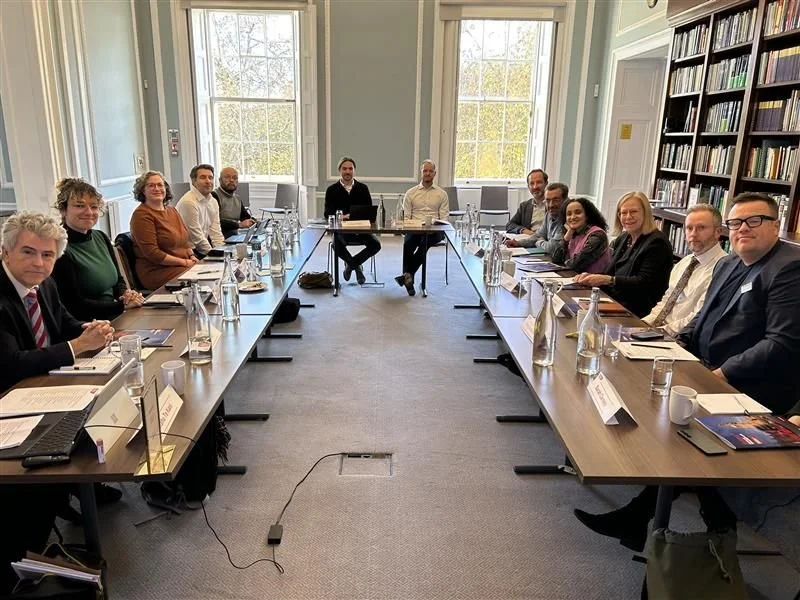by Kirsten Galea, Architect and Senior Inclusive Design Consultant (and Women in Transport member)
Last Tuesday, I had the privilege of joining the Institution of Mechanical Engineers (IMechE)’ roundtable for the launch of their new report, En Route to Inclusive Public Transport.
The discussion brought together voices from across the transport sector to tackle a critical question:
How do we make public transport truly inclusive?
Earlier this year, I was invited to contribute to the report on behalf of Women in Transport, drawing on my background in Transport Architecture and Inclusive Design.
I’m passionate about accessible and inclusive transport systems that work for everyone, and therefore, it was a pleasure collaborating with the IMechE team, especially Kahu Te Kani, on this topic.
The report highlights what many of us already know: barriers to access are not just physical. They include outdated standards, inconsistent information, and a lack of co-production in the design process. These challenges affect millions, and our existing transport infrastructure is disabling 1 in 7 of us in the UK.
My key takeaways from the conversation:
Standards need updating and harmonising across networks to ensure that information related to accessibility is reliable and consistent.
Data matters. We need a national framework to measure accessibility and track improvements, building on great examples like TfL’s Equity in Motion.
Innovation must include everyone. Digital solutions are exciting, but they must not leave behind those who face digital exclusion. Technologies like sliding steps can help bridge the gap between the train and the platform, allowing for greater independence.
Inclusive design strategies should become the norm, moving beyond tick-box exercises. I suggested the Engineering profession should integrate a strategy similar to the RIBA’s Inclusive Design Overlay.
Obviously, collaboration is key. Engineers, operators, regulators, and designers must work together, incorporating meaningful engagement and co-production, to embed inclusion at every stage, from policy to platform.
The roundtable reinforced that accessibility and inclusion are not a “nice to have”. They are fundamental to equity, sustainability, innovation and economic growth.
💡 I would love to hear from industry colleagues and policymakers on what steps you are taking to embed inclusion in your work.


